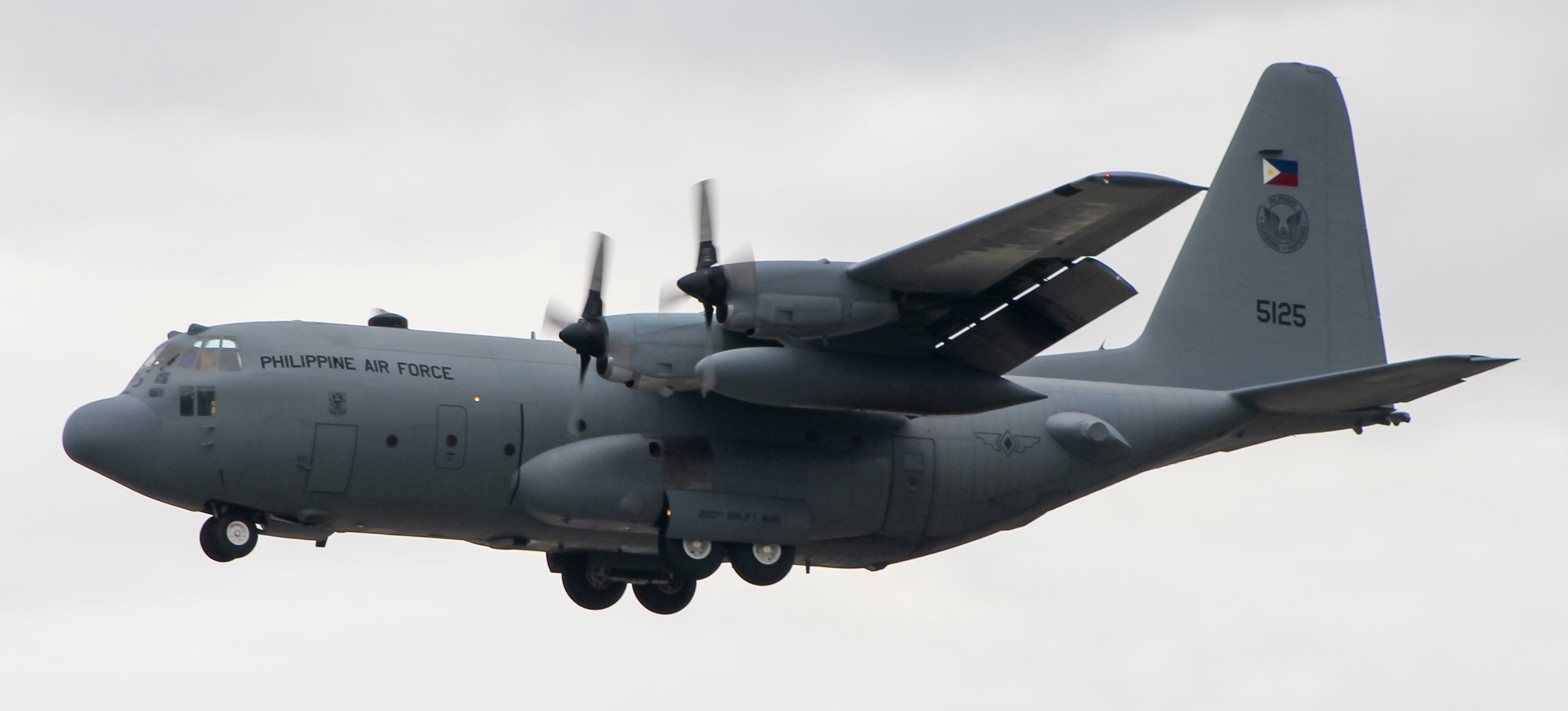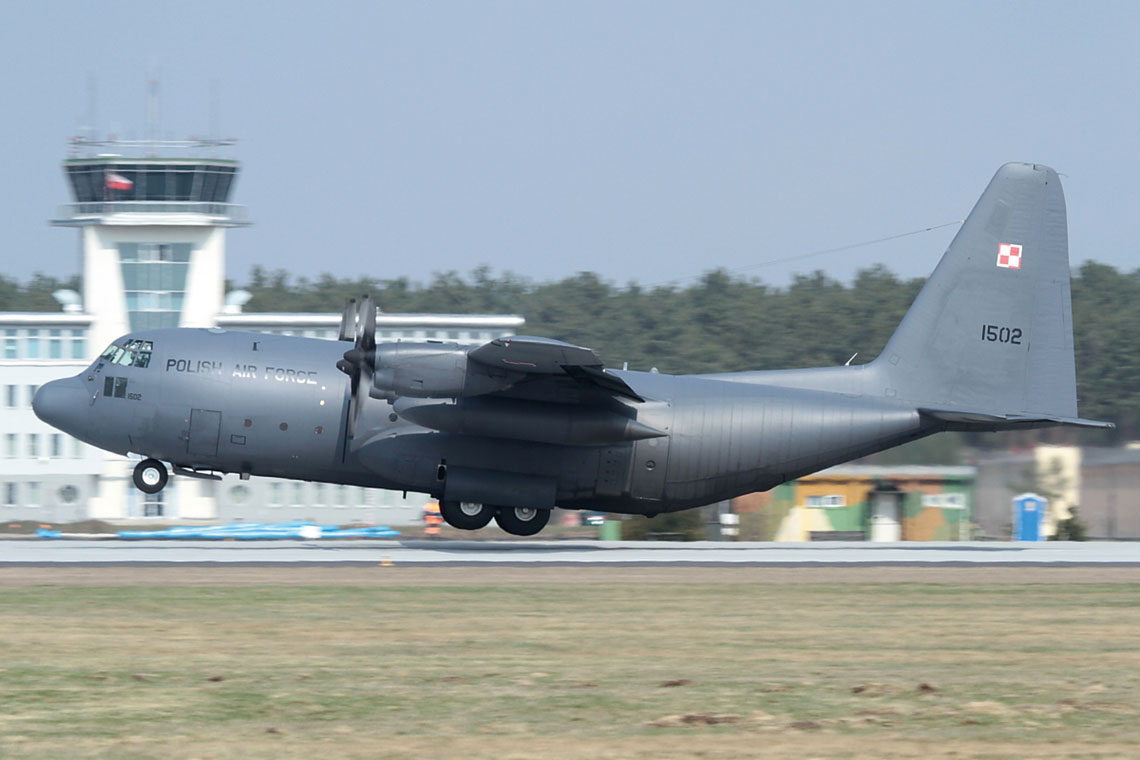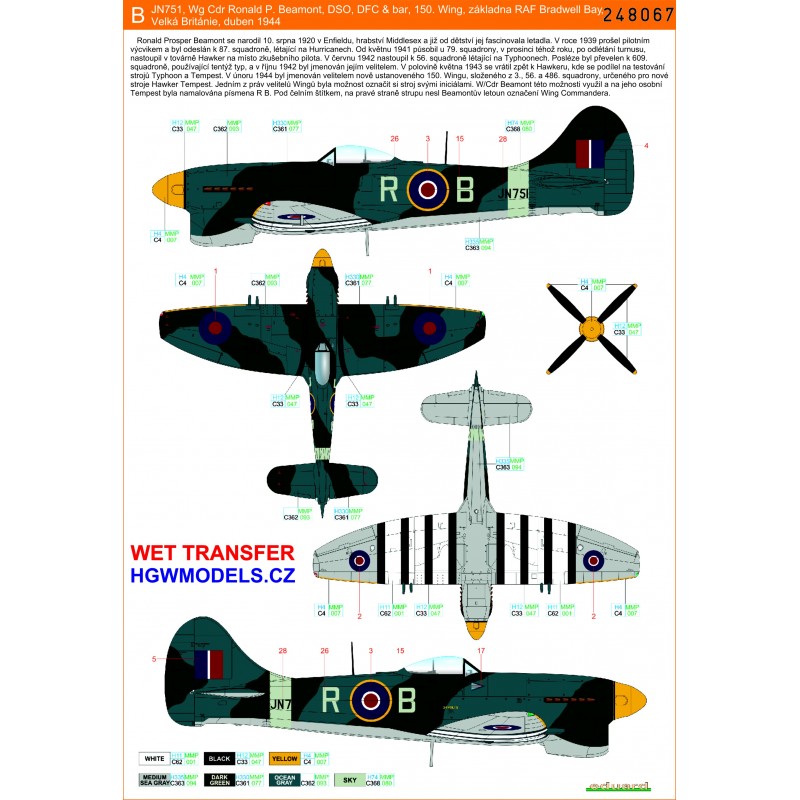
10 years of the C-130E Hercules aircraft in the armed forces of Poland, part 1

The 130th Transport Aviation Squadron at Powidzie was equipped with C-14E Hercules aircraft imported from the USA. In addition, the squadron had small M-28 Bryza aircraft. Photo 3. SLTP
The Lockheed Martin C-130E Hercules medium transport aircraft are currently the only aircraft in the Polish armed forces capable of providing full logistical support to Polish military contingents in any part of the world. Poland has 5 C-130E Hercules. All of them were produced in 1970 for units operating in Southeast Asia, where the Americans participated in the Vietnam War. After a long service at the beginning of the XNUMXth century, they ended up at an air base in the Arizona desert, where they were mothballed in anticipation of a further fate.
C-130E aircraft enable Polish military aviation to perform a wide range of missions, are highly survivable, reliable and are considered the workhorses of transport aviation around the world, which facilitates integration with allies. Initially, they are configured to perform tactical tasks, which allows them to carry 3 tons of cargo during flights lasting 4-6 hours. In the case of logistics transportation, you can take on board 10 tons and make a flight lasting 8-9 hours with a maximum payload of 20 tons.
On September 27, 2018, the fleet of Polish C-130E transport aircraft exceeded 10 flight hours, which almost coincided with the 000th anniversary of service of this type of aircraft in Poland, which we will celebrate on March 10, 23.
Purchase decision
When joining NATO, we took upon ourselves, in particular, to replace post-Soviet aircraft with those compatible with allied standards. The first concepts of the 90s envisaged the purchase of the oldest C-130B transport aircraft for the Polish transport aviation, but, fortunately, this idea was abandoned at the right time. An alternative to American aircraft was the purchase of used C-130Ks in the UK. At that time, we were talking about 5 copies, but their repair turned out to be too expensive for our capabilities and did not make much sense due to the significant wear of the proposed airframes.
In the end, we settled on the C-130E variant from the USA, and thanks to this, we automatically received a platform capable of supporting the F-16 Jastrząb multi-role combat aircraft that were purchased at the same time. The purchase was made possible by a grant to Poland, which was used to build a fleet of medium transport aircraft. The C-130Es were refurbished and additional equipment was installed on them, which significantly increased their capabilities. From here you can often find the term Super E in relation to the Polish C-130.
In addition to purchasing the aircraft, the entire deal also included technical support, contracts related to parts, and maintenance and upgrades of key components such as passive protection. Deliveries were delayed due to wear on the center section, which had been replaced, and other components such as stringers. Therefore, we rented an additional S-130E for a short time. The aircraft also had to integrate equipment that had not previously been used on it.
Polish C-130E received a Raytheon AN / ALR-69 (V) RWR (Radar Warning Receiver) warning station, an ATK AN / AAR-47 (V) 1 MWS (Missile Warning System) approach warning system for anti-aircraft guided missiles and launchers BAE Systems AN / ALE-47 ACDS (Airborne Countermeasures Dispenser System) installations for anti-radiation and thermal interference cartridges.
Raytheon AN / ARC-232, CVR (Cockpit Voice Recorder) radio stations, AN / APX-119 IFF identification system (Friend or Foe Identification, Mode 5-Mode S), L-3 collision avoidance system TCAS communications are installed in the cabin in the air -2000 (TCAS II, Traffic Collision Prevention System), EPGWS Mk VII (Enhanced Ground Prosimity Warning System), Rockwell Collins AN / ARN-147 dual-receiver radio navigation and precision landing system and Raytheon MAGR2000S satellite inertial navigation system. The AN/APN-241 color meteorological/navigation radar with Windshear Detection predictive radar is used as a radar station.
training
The decision to purchase a new type of aircraft was associated with the selection of flight and ground personnel who needed to be sent for specialized training in the United States. Thanks to the experience of local instructors, this allows us to maintain a high level of flight safety, despite the use of not the youngest aircraft.
To understand the level of experience and quality of the American personnel, it is enough to say that during the training, the Polish crews met with instructors who flew our C-130Es as second lieutenants, and some of the personnel still remembered the Vietnam War.
Candidates who decided to take this step were “blindly” sent to the United States. Until now, we had no experience in transport aviation with sending people abroad and training in completely different methods than those that we inherited from the previous system. In addition, there was a language barrier that had to be overcome quickly and efficiently. It should also be remembered that some personnel have already been assigned to the F-16 Jastrząb program, which has significantly reduced the available pool of candidates with the appropriate qualifications.
In the case of staff training from outside the United States, the entire procedure usually begins with linguistic preparation, which is preceded by exams taken in the country, at the embassy. After completing the formalities and preparing the relevant documents, the first group flew out. Language training lasted several months and took place in San Antonio, Texas. At the first stage, the pilots passed the basic knowledge of the language, then followed by exams requiring 80% (now 85%) correct answers. At the next stage, there was a transition to specialization and typically aviation issues.
It is interesting that our flight technicians, while being trained on the C-130, also had to go through the Basic School of Flight Engineers, this is the same program as the rest of the American personnel, which, for example, included clothing standards or financial regulations operating in the US Air Force and familiarization with the main scope of other aircraft, including V-22 and helicopters. In turn, the navigators began their training with planning logistical flights, and then moved on to more and more advanced tactical flights. The classes were very intensive and sometimes one day had to be counted as several tests.
After the completion of this stage, the pilots were sent to Little Rock, where training directly related to the C-130E aircraft was already underway, starting with theoretical training, and then on simulators. At the next stage, there were already flights on airplanes.
It is worth noting that our crews during the simulator training were divided into specialties, according to the usual course. At some point, everyone gathered in one simulator and training began on communication and interaction between the crew, command and decision-making CRM (Crew Resource Management).
